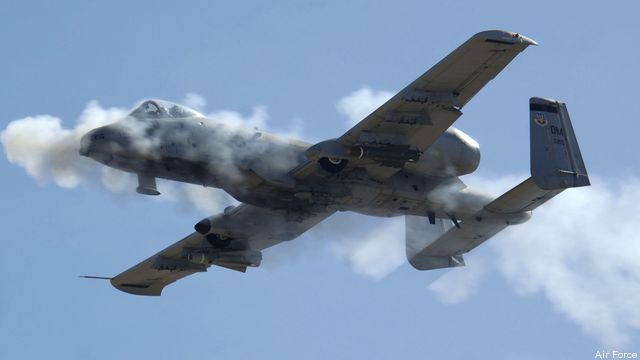Short-timer Gen. Schwartz Urges Senate To Vote On Air Force Nominations
Posted on

WASHINGTON: Air Force Gen. Norton Schwartz, nearing the end of his 40-year career, hit back aggressively today at a series of congressional moves to obstruct the promotion of top Air Force leaders, including Schwartz’s successor as Chief of Staff, and to undo what the service believes are essential force structure changes.
Schwartz was dismissive of moves by Alaska Sen. Mark Begich to block the nomination of all senior Air Force officers to prevent the shift of an F-16 fighter squadron from one Alaska base to another. An earlier report on the costs of the move did not satisfy the senator.
Begich already is holding up the nomination of Lt. Gen. Herbert Carlisle for promotion to four-star and command of the Pacific Air Force, which includes Alaska. He now is threatening to block Senate confirmation of the nomination of Gen. Mark Welsh, the highly regarded commander of Air Force Europe, to succeed Schwartz when he retires in August after four years as chief of staff.
Schwartz said the question on such nominations should be solely: is the nominee suitable for the position. “If this is not a question of suitability, my understanding of the traditions of the Senate is that military nominations should go forward,” he said at an Air Force Association breakfast.
Senators jealously guard their power to place a hold on any bill and sometimes wield them with what appears to be little concern for the repercussions.
Speaking before the usually supportive association, Schwartz also offered a detailed response to Congress’ rejection of force structure reductions he said were essential to keeping his service combat ready, modern and balanced. The alternative, he suggested, could lead to a “hollow force,” which he said could be summarized as “aircraft without engines and weapons without bullets.”
The Air Force, responding to budget cuts Congress mandated last year in the Budget Control Act, wants to retire about 250 aircraft and cut 9,900 personnel. More than half of the planes and airmen that would be cut are in the Air National Guard or Air Force Reserve.
Three Air Guard A-10 squadrons and a number of airlift units, including Guard squadrons just receiving new C-27J transports, and units with older C-130s, would be cut.
That proposal triggered an instant and vigorous protest from Air Guard officials, organizations supportive of the Guard and Reserves, and the governors of the affected states. Yielding to vocal local opposition, both the House and the Senate Armed Services committees rejected all the proposed cuts in their versions of the Fiscal 2013 defense authorization.
As he has done repeatedly, Schwartz explained again that it was necessary to take more of the force cuts from the reserve component to prevent the active force, which already is enduring a punishingly high ratio between time deployed and at home, from becoming even more strained. That could reduce readiness, harm morale and lead experienced personnel to leave the service.
He also said the inability to cut force structure would destroy the careful balance among readiness, modernization and forces. Money used to support unneeded aircraft would reduce funds needed to modernize the aircraft fleet, which has the highest average age in Air Force history.
Schwartz noted that the governors prefer “dual use” resources that can serve a combat role when deployed but also provide support for civil authorities when at home station. It also is true that the governors like the federally-funded Guard units they can use when needed and which provide payrolls and other expenditures to their states.
The general said the Air Force had tried to negotiate a compromise with the governors, but after more than five meetings with the state leaders or their representatives, “we decided to await the outcome of the legislative process.”
Subscribe to our newsletter
Promotions, new products and sales. Directly to your inbox.
